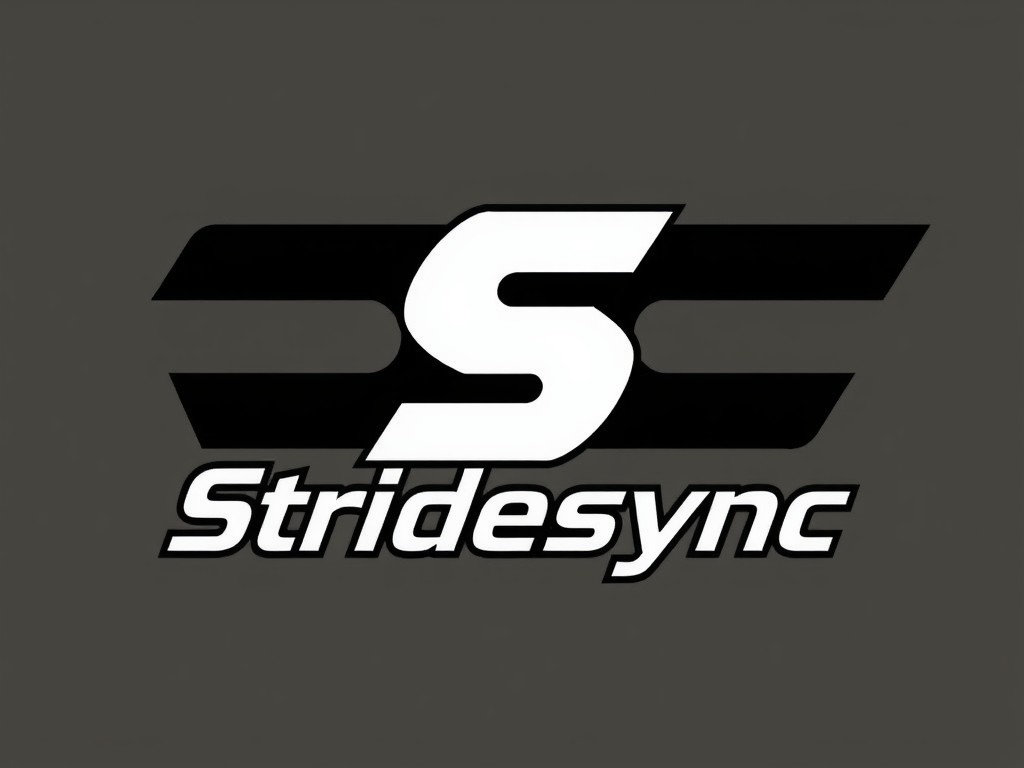Mastering the Art of Syncing Sport Bike Carburetors for Your UK Track Day Experience
When it comes to optimizing your sport bike’s performance for a UK track day, one of the most critical aspects to focus on is the synchronization of your carburetors. Properly synced carbs can make a significant difference in how your bike runs, affecting everything from idle stability to top-end power. Here’s a comprehensive guide to help you perfectly sync your sport bike carburetors.
Understanding the Importance of Carb Synchronization
Before diving into the nitty-gritty of carb syncing, it’s essential to understand why this process is so crucial. Here’s what Paul Ragsdale, an experienced motorsports enthusiast, has to say:
Topic to read : Exploring the Advantages of Synthetic Brake Fluid for UK Sport Bikes: A Comprehensive Guide
“Carb synchronization is like the heartbeat of your engine. If your carbs are out of sync, it’s like having different parts of your engine working against each other. This can lead to poor idle, uneven throttle response, and even decreased overall performance. It’s not just about making your bike run; it’s about making it run great.”[3]
Preparing Your Bike for Carb Synchronization
Before you start the syncing process, make sure your bike is in good working condition. Here are some steps to prepare:
Also read : Exploring the Advantages and Disadvantages of Tubeless Tires for Sport Bikes on UK Roads
Ensure Clean Air and Fuel Systems
- Air Filter: Make sure your air filter is clean and free of debris. A dirty air filter can affect the air-fuel mixture, making it harder to sync the carbs.
- Fuel System: Check for any blockages or leaks in the fuel lines and ensure the fuel filter is clean.
Adjust the Float Height
- The float height needs to be set correctly to ensure the right fuel level in the float bowl. If the float height is off, it can affect the fuel flow and make syncing more challenging.
Warm Up Your Engine
- Warm up your engine to operating temperature. This helps the carbs to function more consistently, making the syncing process easier.
Tools and Equipment Needed
To sync your carbs, you’ll need a few specialized tools:
- Carb Sync Tool: This tool allows you to measure the vacuum pressure of each carburetor.
- Tachometer: To check the idle speed and ensure it’s within the recommended range.
- Screwdrivers and Allen Wrenches: For adjusting the pilot screws and other carburetor settings.
- Fuel and Air Jet Tools: For adjusting the main jet, pilot jet, and needle jet if necessary.
Step-by-Step Guide to Syncing Your Carburetors
Step 1: Connect the Carb Sync Tool
- Attach the carb sync tool to the vacuum ports of each carburetor. Make sure the tool is calibrated and set to zero.
Step 2: Adjust the Idle Speed
- Use the tachometer to set the idle speed to the recommended specification for your bike. Typically, this is around 1,000 to 1,200 RPM.
- Adjust the idle speed screw to achieve the correct RPM.
Step 3: Sync the Carburetors
- With the engine idling, adjust the sync screws to balance the vacuum readings on the sync tool. The goal is to get all carbs reading the same or very close to each other.
- Start with one carb and adjust the sync screw until the reading matches the others. Then, move to the next carb and repeat the process.
Step 4: Fine-Tune the Pilot Screws
- Once the carbs are synced, fine-tune the pilot screws to adjust the air-fuel mixture at idle.
- Turn the pilot screws in or out to achieve a smooth, stable idle.
Detailed Checklist for Carb Synchronization
Here’s a detailed checklist to ensure you cover all the bases:
- Warm up the engine:
- Ensure the engine is at operating temperature.
- Check and adjust the float height:
- Make sure the float height is set correctly.
- Connect the carb sync tool:
- Attach the tool to the vacuum ports and calibrate it.
- Set the idle speed:
- Use the tachometer to set the idle speed to the recommended specification.
- Sync the carburetors:
- Adjust the sync screws to balance the vacuum readings.
- Fine-tune the pilot screws:
- Adjust the pilot screws for a smooth, stable idle.
- Check the air jet and fuel jet settings:
- Ensure the air jet and fuel jet settings are correct for your bike.
- Test the throttle response:
- Check the throttle response to ensure it’s smooth and even.
Common Issues and Troubleshooting
Uneven Throttle Response
- If you notice uneven throttle response, it could be due to carbs that are not properly synced.
- Check the sync tool readings and adjust the sync screws accordingly.
Poor Idle Stability
- If the idle is unstable, check the pilot screw settings and adjust them to achieve a smooth idle.
- Also, ensure the air filter and fuel filter are clean.
Decreased Top-End Power
- If you notice a decrease in top-end power, it might be due to incorrect main jet or needle jet settings.
- Consult your bike’s manual or a professional mechanic to adjust these settings.
Table: Comparison of Key Carburetor Settings
| Setting | Description | Adjustment Tips |
|---|---|---|
| Float Height | The height of the float in the float bowl. | Adjust to ensure the correct fuel level in the float bowl. |
| Idle Speed | The engine RPM at idle. | Set to the recommended specification using the tachometer. |
| Pilot Screw | Adjusts the air-fuel mixture at idle. | Turn in or out to achieve a smooth, stable idle. |
| Main Jet | Controls the fuel flow at high throttle openings. | Adjust based on the bike’s manual or professional advice. |
| Pilot Jet | Controls the fuel flow at low throttle openings. | Adjust based on the bike’s manual or professional advice. |
| Needle Jet | Controls the fuel flow in the mid-range throttle openings. | Adjust based on the bike’s manual or professional advice. |
| Air Jet | Controls the air flow into the carburetor. | Adjust based on the bike’s manual or professional advice. |
| Sync Screws | Balances the vacuum readings between carburetors. | Adjust to ensure all carbs read the same or very close to each other. |
Practical Insights and Actionable Advice
Keep It Clean
- “Always make sure your air filter and fuel filter are clean. A dirty filter can throw off the entire air-fuel mixture and make syncing a nightmare,” advises a seasoned mechanic.
Use the Right Tools
- “Invest in a good carb sync tool. It makes all the difference in getting accurate readings and ensuring your carbs are perfectly synced,” says Paul Ragsdale.
Take Your Time
- “Syncing carbs is not a rush job. Take your time, and make sure each adjustment is precise. It’s better to take it slow and get it right than to rush and end up with poor performance,” recommends an experienced track day participant.
Syncing your sport bike’s carburetors is a meticulous process, but with the right tools, knowledge, and patience, you can achieve optimal performance for your UK track day experience. Remember to keep your bike in good working condition, use the right tools, and take your time during the syncing process.
As you prepare for your next track day, keep in mind the words of a motorsports enthusiast: “When your carbs are synced just right, it’s like your bike comes alive. The throttle response is smooth, the idle is stable, and the power delivery is seamless. It’s a great feeling, and it makes all the difference on the track.”[3]
By following these steps and tips, you’ll be well on your way to mastering the art of carb synchronization and enjoying a great track day experience.











